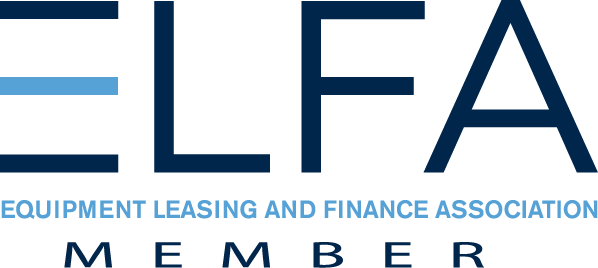Industry Challenges
Cybersecurity – Due to the highly sensitive patient information collected by healthcare organizations, the industry has become a prime target for cybercriminals. In 2017, the US medical and healthcare sector experienced over 350 data breaches, exposing 4.93 million patient records. In the first half of 2019, there already were 32 million patient records breached. This trend will continue as many healthcare providers are still slow in responding to threats while the decentralized systems make them more vulnerable to attacks.
Patient Experience – The medical insurance landscape has experienced some significant changes in recent years. As more patients are responsible for a larger portion of their healthcare bill, they naturally demand better services from their providers. Healthcare organizations will face tougher competition in attracting and retaining patients who demand an experience that matches the level of customer service they expect from other consumer brands.
Effective payment model – In order to reduce cost and increase service quality, there’s now a trend toward determining financial incentives based on patient outcome rather than service quantity. Payers and patients are demanding new payment models — such as bundled payments, disbursement to patient-oriented care providers, global payments, and shared savings — that encourage care providers to coordinate services and promote preventive care. However, there are many challenges in implementing these new models and monitoring the processes within the existing systems. For example, new metrics need to be defined to measure performance and ROI.
Equipment
- Digital Storage
- Routers
- Servers
- Copiers
- Respiratory Therapy
- Infusion Therapy
- Multi-Function Devices
- Imaging
- Telemetry
- Dermatology
Specialty Services Provided
- Accommodated hospital budgets
- Customized billing and flexible terms
- Conservation of cash
- Minimize equipment obsolescence




